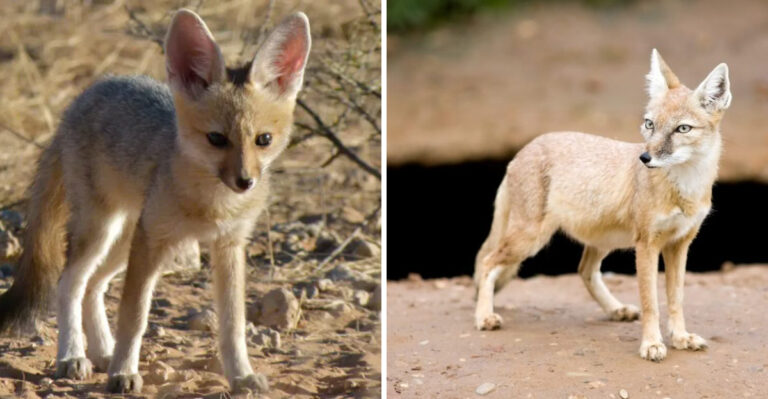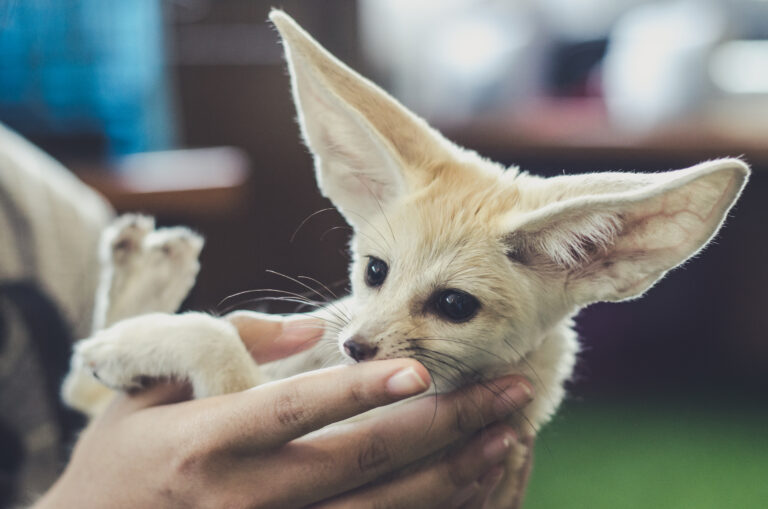The Biggest Wolves Ever Seen In The U.S. (And Incredible Facts About Their Size)

Wolves have roamed North American wilderness for thousands of years, but some individuals grow to truly remarkable sizes. These apex predators play crucial roles in their ecosystems, and the largest specimens have become legendary among wildlife enthusiasts and researchers alike.
From the massive Mackenzie Valley wolves of Alaska to the iconic packs of Yellowstone, these record-breaking canines showcase nature’s impressive diversity and adaptability.
1. The 175-Pound Alaskan Giant
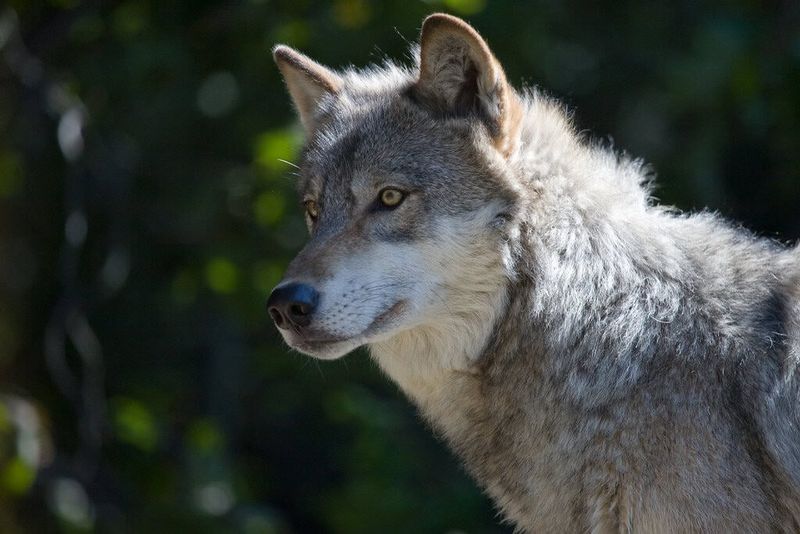
Shot in Alaska’s wilderness in 1939, this legendary Mackenzie Valley wolf tipped the scales at a staggering 175 pounds. Few wolves have ever approached this weight in recorded history.
Scientists believe exceptional genetics combined with abundant prey created this extraordinary specimen. Wolves in Alaska’s remote regions evolved larger bodies to handle the harsh climate and take down massive prey like moose and caribou.
This particular wolf remains the heaviest scientifically verified wild gray wolf ever recorded in North America, setting a benchmark that has stood for over 80 years.
2. Yukon’s 227-Pound Record Holder
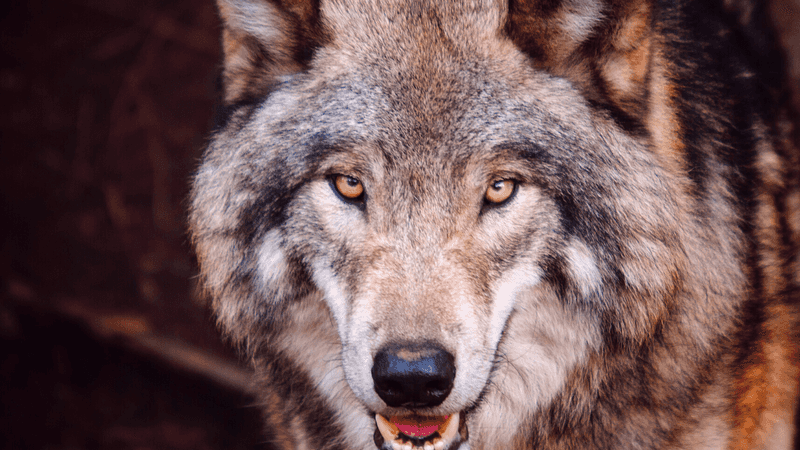
Canada’s Yukon Territory produced what may be the largest wolf ever documented. The Guinness World Records recognized this northern giant weighing an incredible 103 kg (227 pounds).
Found in the remote wilderness, this wolf embodied the extreme adaptation capabilities of the species. Northern wolves typically grow larger than their southern counterparts due to Bergmann’s rule – animals in colder climates often evolve larger bodies to conserve heat.
While some experts debate the exact verification methods used, this colossal canine remains in the record books as an example of the species’ maximum potential size.
3. Alberta’s 230-Pound Mystery Wolf

Hunters in Drayton Valley, Alberta reportedly harvested a wolf weighing an astonishing 230 pounds in 2012. This claim would make it potentially the heaviest wolf ever recorded, though official scientific verification remains limited.
Photos circulated showing the massive animal, creating buzz throughout hunting communities. The wolf’s exceptional size likely resulted from a combination of prime habitat, abundant food sources, and possibly dominant alpha status within its pack.
While some experts question the exact measurement methods used, this specimen represents the upper limits of what’s physically possible for the species in ideal conditions.
4. Yellowstone’s 143-Pound Alpha ‘495M’

Known by his research designation ‘495M,’ this remarkable alpha male dominated Yellowstone National Park’s landscape. Weighing 143 pounds, he earned the title of heaviest wolf ever collared and tracked in the park’s history.
As pack leader, 495M showcased the impressive size potential of wolves living in protected wilderness with abundant elk populations. His substantial frame helped him maintain dominance and successfully hunt large prey animals that smaller wolves might struggle with.
Researchers followed his movements for years, gathering valuable data about territory size, hunting patterns, and social dynamics of large alpha wolves.
5. Fairbanks’ 149.6-Pound Record Breaker
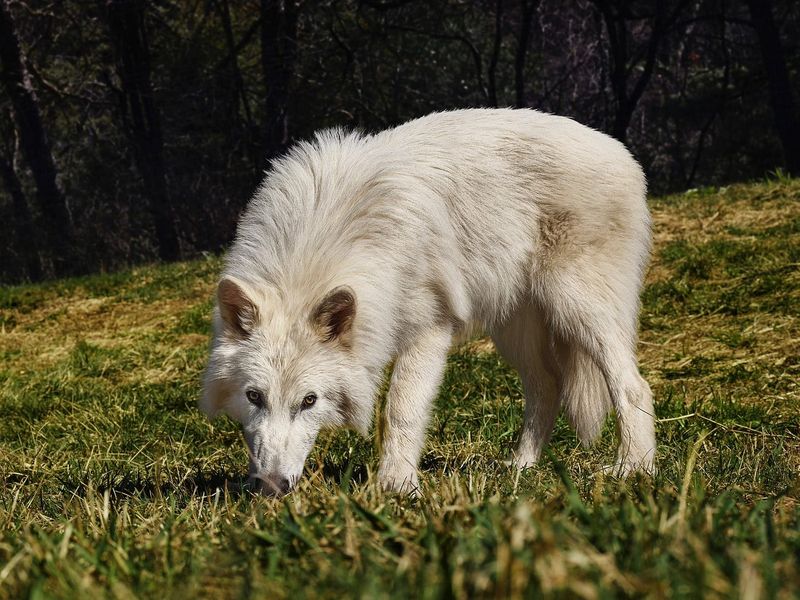
December 2024 brought news of a truly massive wolf captured near Fairbanks, Alaska. Trappers were astonished when this behemoth registered 149.6 pounds on certified scales – potentially setting a modern record for verified weight.
Wildlife officials noted this wolf’s exceptional condition, with thick winter coat and substantial muscle mass. The Interior Alaska region often produces larger wolves due to abundant moose populations providing calorie-rich food sources.
What makes this specimen particularly significant is the official documentation of its weight using properly calibrated equipment, giving researchers reliable data about maximum size potential in contemporary wolf populations.
6. The Northwestern Wolf: America’s Giant Subspecies
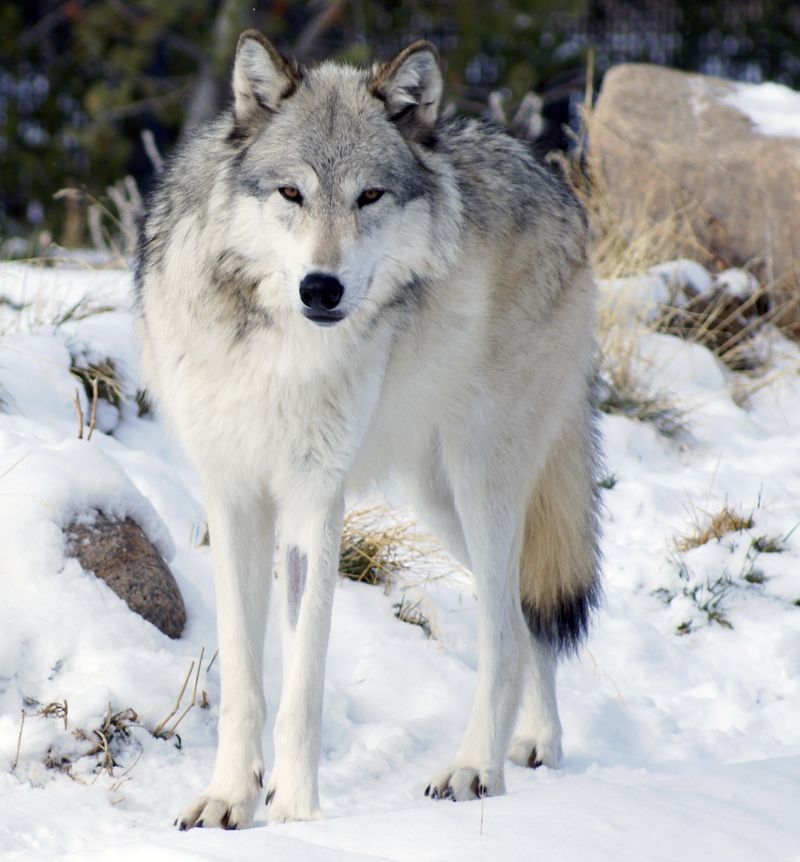
The Northwestern wolf, also called the Mackenzie Valley wolf, holds the title of largest North American subspecies. These impressive canines regularly reach 100-120 pounds, with exceptional individuals approaching 175 pounds.
Stretching up to 7 feet from nose to tail, these wolves evolved their substantial size to hunt massive prey like moose and bison. Their range spans Alaska, western Canada, and portions of the northern United States, where their larger frames provide advantages in deep snow and harsh winters.
Recognizable by their broader skulls and longer legs compared to other subspecies, these magnificent animals represent the pinnacle of wolf evolution in North America.
7. The Stomach Factor: How Feeding Adds 20 Pounds
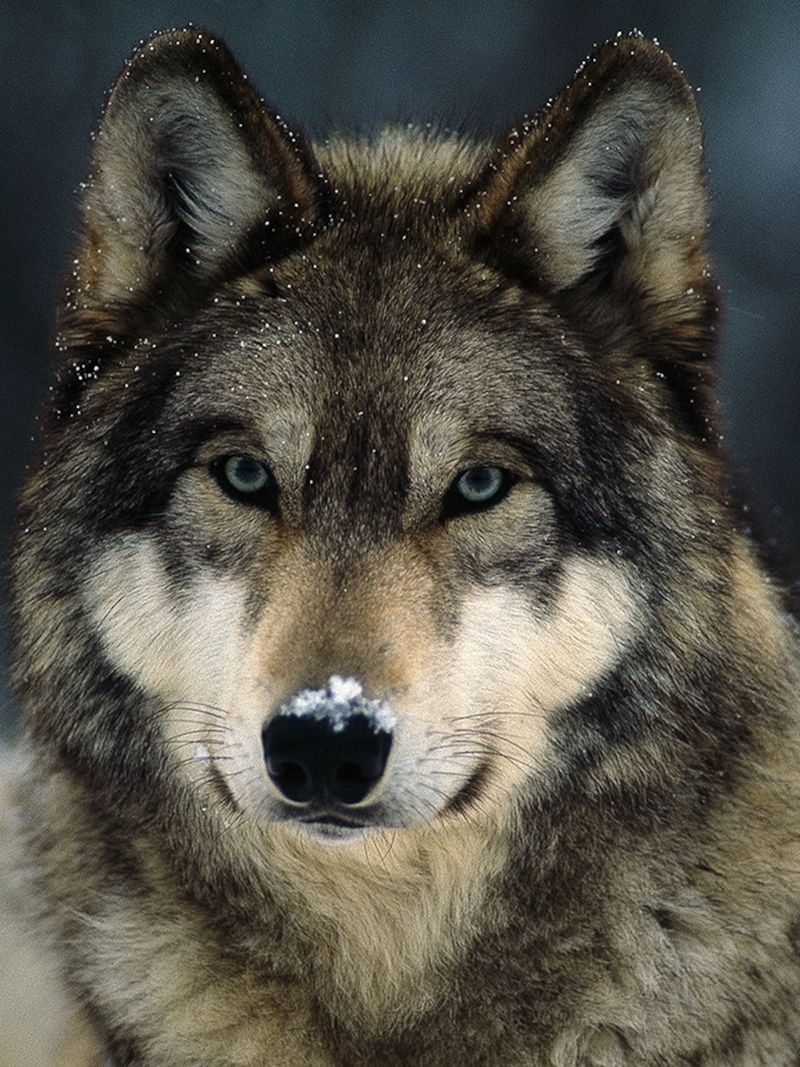
Wolf weight fluctuates dramatically based on feeding status. After gorging on a fresh moose or elk kill, a wolf can carry an additional 15-20 pounds of food in its expandable stomach.
This remarkable adaptation allows wolves to survive feast-or-famine cycles in the wild. They’ve evolved to consume up to 20% of their body weight in a single feeding, storing energy for days when hunting proves unsuccessful.
Researchers must consider this factor when documenting wolf weights. A recently-fed wolf might appear substantially larger than the same animal measured during a period of scarcity, explaining some of the variation in recorded weights of wild specimens.
8. The 7-Foot Wolf: Length Records Explained
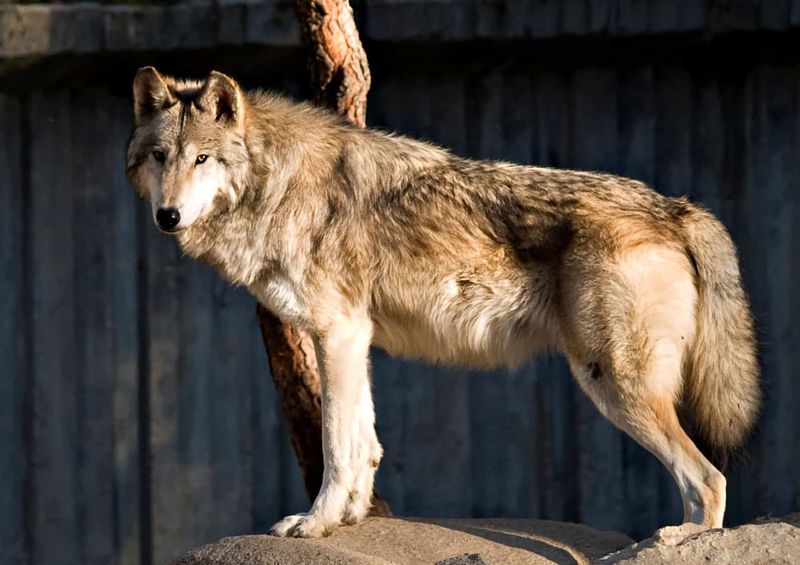
Beyond weight, wolf length provides another impressive metric. The largest specimens measure between 5-7 feet from nose to tail tip, with exceptional individuals reaching the upper end of this range.
A wolf’s tail accounts for approximately one-quarter of this measurement, typically spanning 16-20 inches. The substantial body length allows for the powerful stride that enables wolves to cover vast territories and maintain impressive speeds during hunts.
For comparison, even large domestic dogs rarely exceed 5 feet in total length. The exceptional 7-foot wolves represent the perfect evolutionary balance of speed, strength, and endurance needed for survival in North America’s harshest environments.
9. Alaska’s Interior Region: Home To The Giants

Alaska’s Interior region consistently produces North America’s largest wolves. These impressive canines typically average 100-110 pounds, with exceptional individuals exceeding 120 pounds.
The combination of vast wilderness, minimal human interference, and abundant large prey creates ideal conditions for maximum growth potential. Winter temperatures plunging to -50°F also favor larger body size, as bigger animals retain heat more efficiently – a principle known as Bergmann’s rule.
Wolves here have evolved alongside massive prey like moose and caribou, requiring substantial size and strength to hunt successfully in deep snow and across frozen landscapes.
10. Rocky Mountain Wolves: The Southern Giants

Northern Rocky Mountain wolves stand among the more impressive southern populations, commonly reaching 100-150 pounds. Their substantial size enables them to hunt elk and deer throughout the challenging mountain terrain.
Reintroduced to Yellowstone in the 1990s, these wolves have thrived, with some males exceeding 130 pounds. Their return transformed the ecosystem through trophic cascades – changing elk behavior, which allowed vegetation to recover, subsequently benefiting numerous other species.
While not quite matching their northern Alaskan cousins in average size, Rocky Mountain wolves represent a remarkable conservation success story and showcase the species’ adaptability across diverse habitats.
11. Wolf Vs. Coyote: The Size Difference Explained
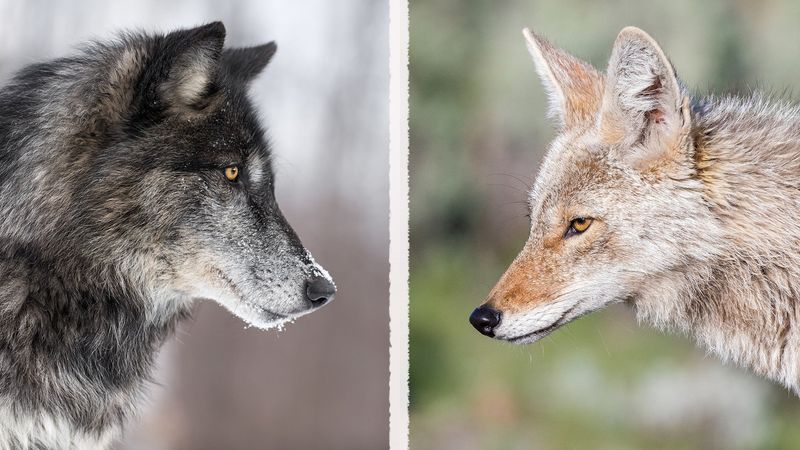
Standing next to their smaller cousins, wolves dwarf coyotes in every dimension. While gray wolves typically weigh 66-132 pounds, coyotes average just 25-40 pounds – less than half the size.
The difference extends beyond weight. Wolves stand significantly taller at 26-32 inches at the shoulder compared to coyotes’ 21-24 inches. Their tracks tell the story too – wolf paws measure 4-5 inches long, while coyote prints rarely exceed 2.5 inches.
These size differences reflect their ecological roles. Wolves evolved to hunt large ungulates cooperatively, while the smaller, more adaptable coyotes specialize in hunting rabbits, rodents, and other small prey.
12. The Red Wolf: America’s Endangered Middle-Sized Canid
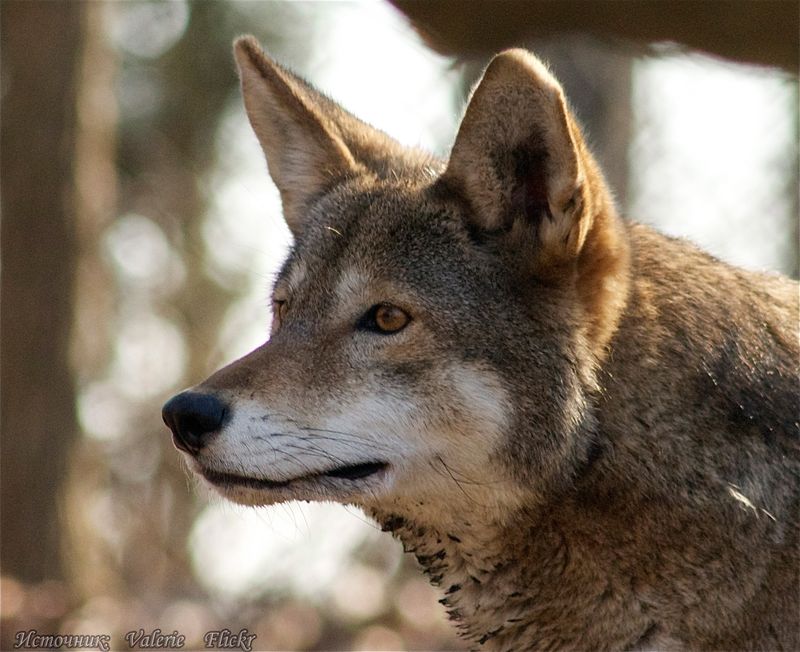
Red wolves occupy a fascinating middle ground between gray wolves and coyotes. Weighing 44-85 pounds, they’re substantially larger than coyotes but smaller than their gray wolf relatives.
Once widespread throughout the southeastern United States, red wolves now cling to existence with fewer than 20 individuals remaining in the wild in North Carolina. Their intermediate size proved advantageous in the mixed forests and swamplands of their native range, allowing them to hunt deer while remaining agile in dense vegetation.
Conservation efforts continue to save this uniquely American canid, whose rusty-colored coat and distinct howl represent an important evolutionary branch between larger and smaller canids.
13. The Alpha Advantage: Why Pack Leaders Grow Larger
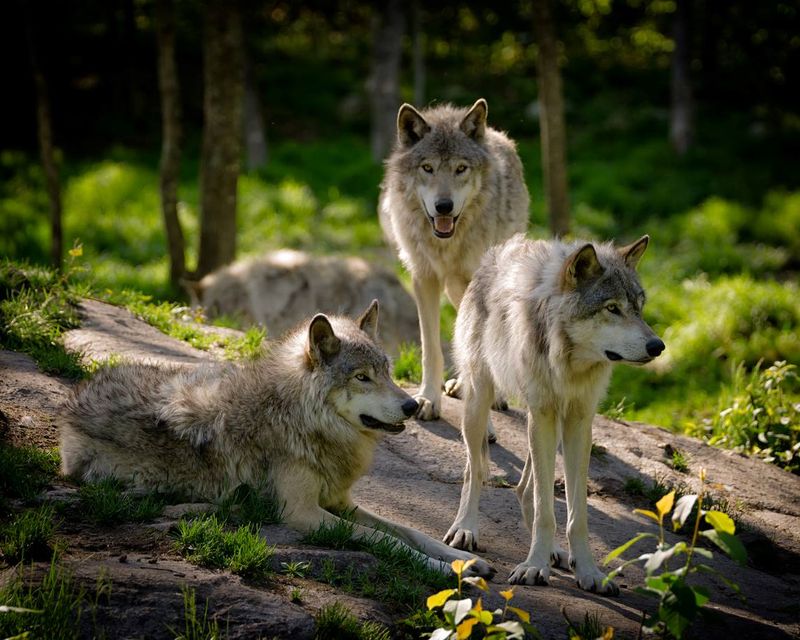
Alpha wolves typically outweigh other pack members by 20-30 pounds. This size advantage helps them maintain dominance and secure breeding rights within the social hierarchy.
The weight difference stems from several factors. Alpha wolves get first access to kills, ensuring optimal nutrition. Higher testosterone levels in dominant males also promote increased muscle development and bone density.
Being larger provides practical advantages during territorial disputes with neighboring packs and when hunting dangerous prey. Record-breaking wolves almost always held alpha status, demonstrating how social position directly influences physical development in these highly intelligent social predators.
14. Sexual Dimorphism: Male Wolves Vs. Female Wolves
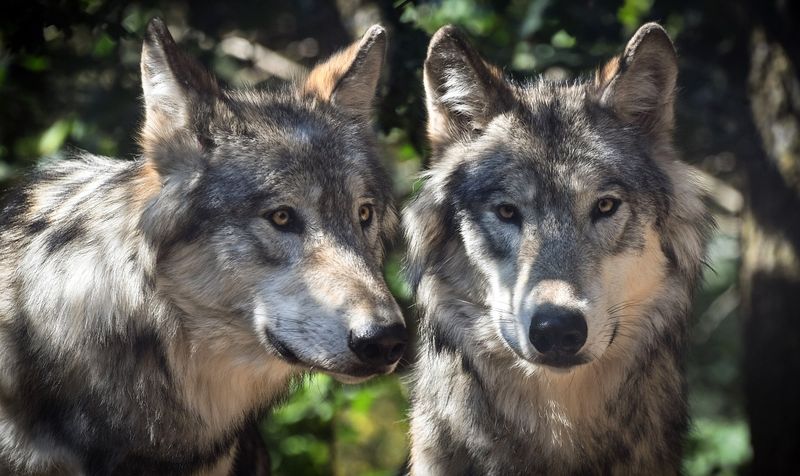
Male wolves typically outweigh females by 20-30%, a phenomenon called sexual dimorphism. While exceptional females might reach 90-110 pounds, the largest recorded males exceed 175 pounds.
This size difference serves evolutionary purposes. Males compete for breeding opportunities, where larger size provides advantages in confrontations with rivals. Females, meanwhile, benefit from slightly smaller frames that require less food intake while raising pups.
The difference extends beyond weight. Males generally have broader heads, thicker necks, and longer legs. Despite being smaller, female wolves play crucial roles in pack hunting strategies, often demonstrating superior speed and agility.




